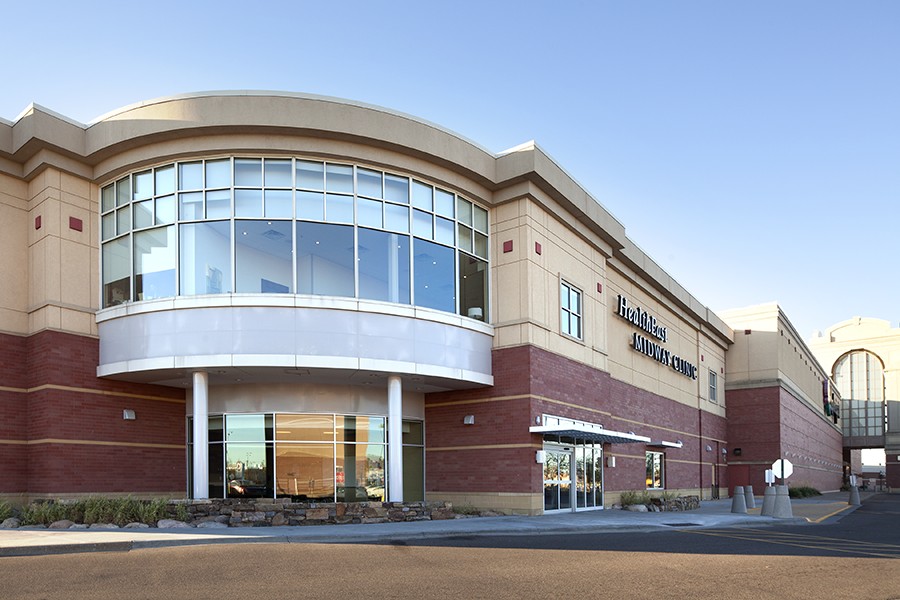The ongoing evolution of healthcare delivery methods, technology, demographics and reimbursements is driving change in multiple directions. In response, healthcare organizations are developing efficient ways to improve patient services cost-effectively. With the adoption of the Affordable Care Act, healthcare organizations are balancing changing reimbursement methods with the potential increase of patient volume as the medically uninsured become insured. This has prompted many organizations to reassess facility needs as they undertake master planning and facility utilization studies to determine the best way to deliver services and meet projected growth.
The projected growth area points increasingly toward ambulatory care facilities, such as surgery centers, cancer centers, imaging centers, neighborhood-focused community clinics and medical office buildings.
Cost Benefits
Ambulatory surgery and cancer centers offer real cost benefits to healthcare organizations because building codes and infrastructure requirements are less restrictive than acute care hospitals, making outpatient facilities more affordable to construct and maintain, in addition to lower overhead costs.
Similarly, community clinics, which are absorbing newly insured patients, are less expensive to build due to fewer code restrictions and less complex infrastructure. Additionally, considering the reduced schedule for design, permitting and construction, healthcare organizations have the ability to expand their market reach through expedited delivery.
Technology
While cost containment is driving much of the movement toward ambulatory care facilities, evolving technology is making it all possible. Advances in minimally invasive procedures capture a wider band of services that can be provided in the outpatient environment. Further, advanced technology is targeted to accommodate remote registration, increasing efficiency and faster access to caregivers.
Care Models
Accountable Care and preventive health initiatives are driving the growth of ambulatory care facilities. Rather than visiting a hospital or doctor only when needed, the healthcare industry is placing greater emphasis on preventive medicine, including community education, nutrition and health management.
Design Factors: Clinics
Community clinics are designed to accommodate multiple specialties, which lend themselves to shared clinical and support space and accommodate varied physician schedules. Multi-specialty clinics can become part of the community by providing family practice, urgent care, women’s health and dental care, along with providing space for visiting professionals all in one facility.
Modular layouts and clinical space designed for flexibility promote efficient workflows. Many clinics omit private doctor offices for central pods where caregivers share space, with exam rooms radiating off the pod. Physicians and clinical staff can easily consult concerning patients in the open team-based environment. While the particular programming and layout may vary from clinic to clinic, the overall suite utilization is higher by removing private offices. This lends clinics to being right-sized to achieve higher utilization, thereby lowering operational costs and increasing revenue.
HealthEast’s recently opened Midway Clinic offers internal medicine and primary care in a converted big-box bookstore at a highly visible intersection in St. Paul, Minn. Patients can easily walk to the clinic from home or access public transportation—a major advantage to repurposing an existing neighborhood landmark on a busy retail strip. The layout emphasizes ease of use, in which efficient space planning within the two-story clinic directs patients between check-in on the ground level, destination exam rooms and consultation offices on the second floor, and back to check-out. The interior detailing emphasizes comfort and connection to natural light.
Design Factors: High-Acuity Facilities
Cancer centers, surgery centers and imaging centers, likewise, are designed to promote workflow efficiencies and provide a welcoming aesthetic image to the community. Still, sound planning and design accommodates patients’ emotional well-being. The recently opened City of Hope Cancer Center in Lancaster, Calif., provides an environment that benefits the patient experience. The infusion department locates the infusion stations along the exterior wall so patients have access to natural light and views during treatment.
The medical oncology department locates the exam rooms along the exterior to take advantage of natural lighting and windows, enhancing the treatment space. The exam rooms serving the radiation and surgical oncology departments are located in the central core to accommodate flexing between departments, providing the ability to adjust to patient volumes. Physicians are grouped in a central core with direct access to all departments. Conference and consultation rooms also are located within this core to benefit physician and staff collaboration. Large windows, abundant daylight views, natural stone finishes and warm earth tones project a calming image in the main lobby.
No matter the program, ambulatory care facilities will continue to assume a larger role in the healthcare industry as technology, costs and preventive care determine how healthcare services are delivered. With a greater emphasis on patient outcomes, well-planned, well-designed ambulatory care facilities will play an integral role in community health.





